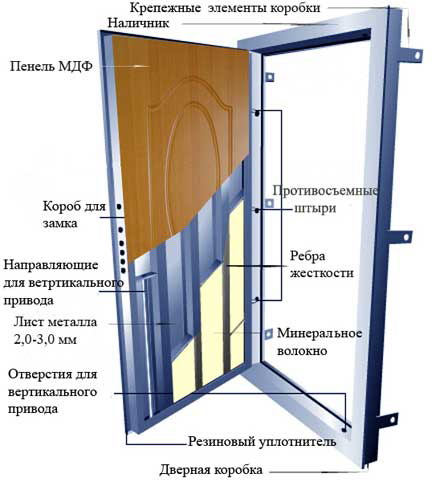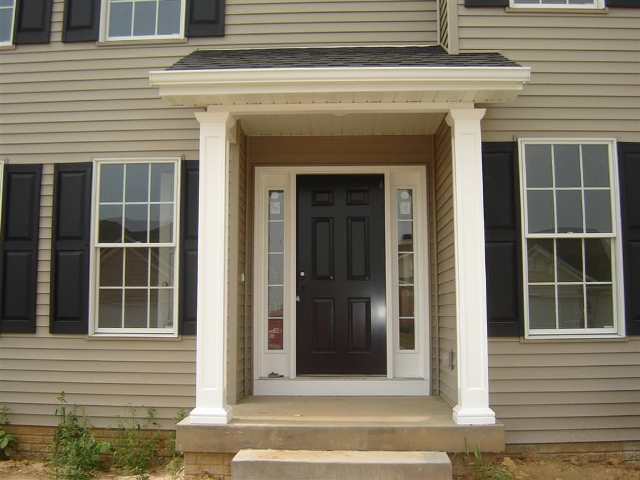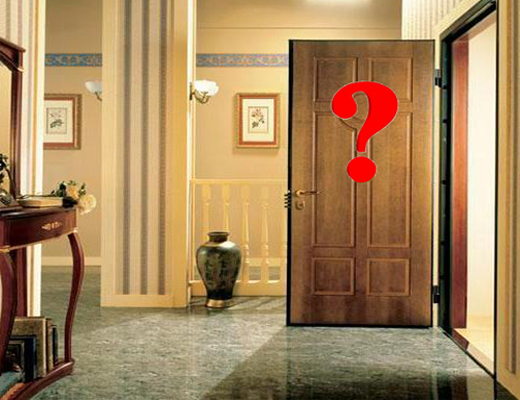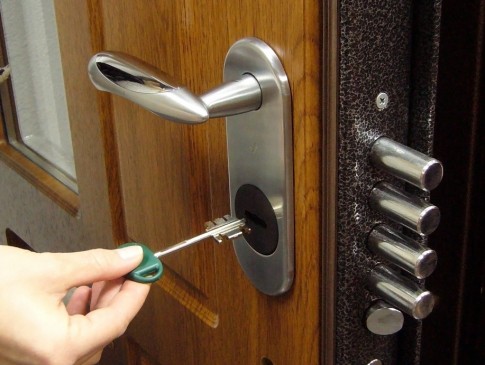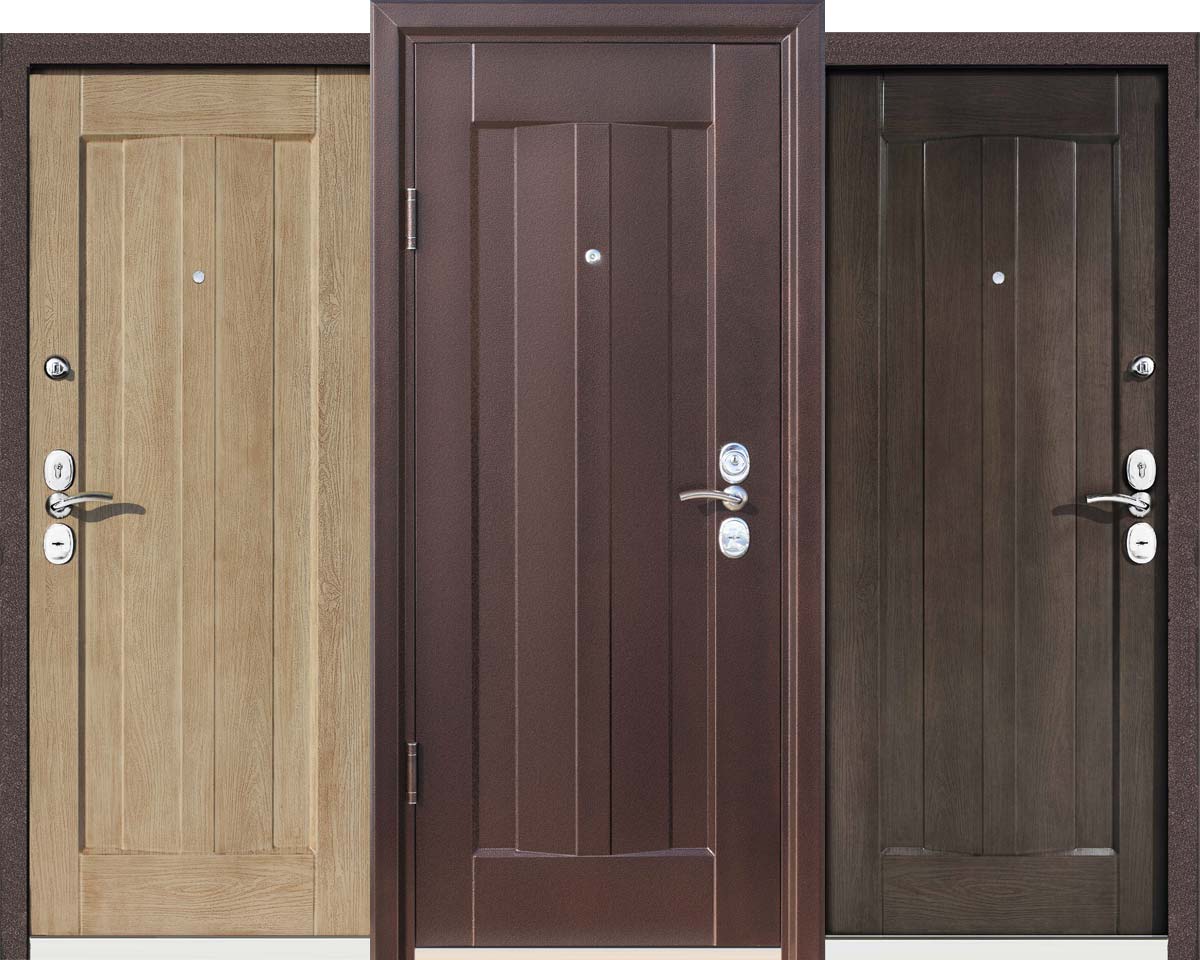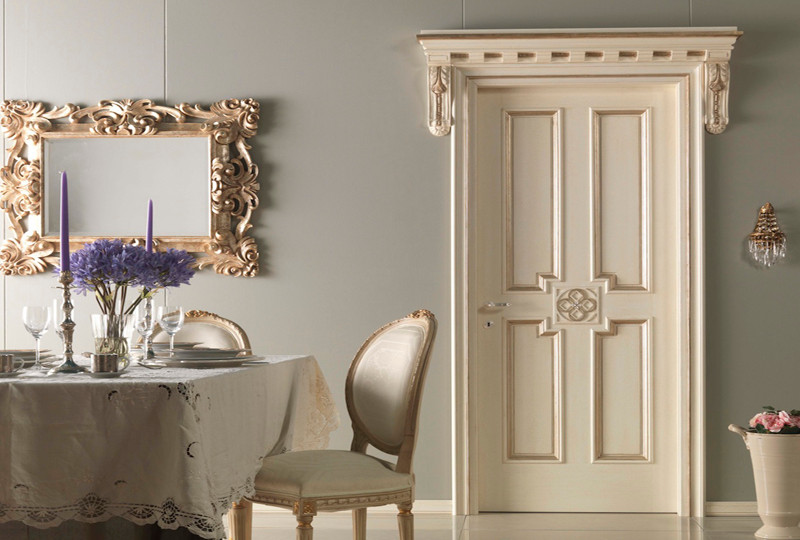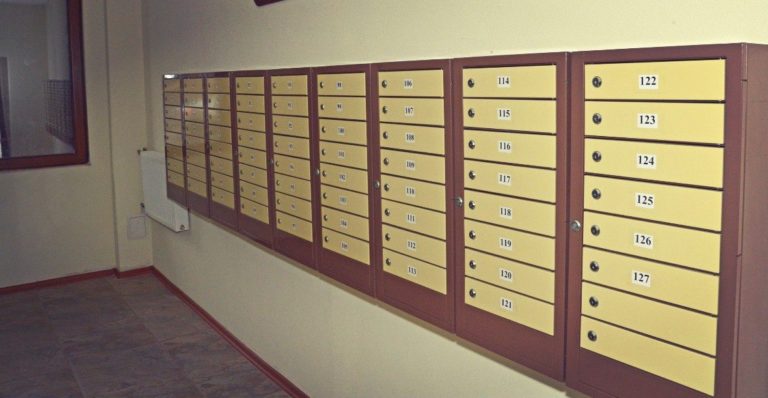Cheap Front Doors: 7 Tips For Choosing
Entrance doors should serve as a reliable barrier for intruders, so many try to lay out almost a fortune to buy the most secure and reliable door. But thieves can even crack such door leaves. Doors are simpler and cheaper to crack faster, but this does not mean that they will not resist and will open in a second. You just need to be able to choose inexpensive entrance doors that will become reliable protection for your home. We will deal with this issue in the article.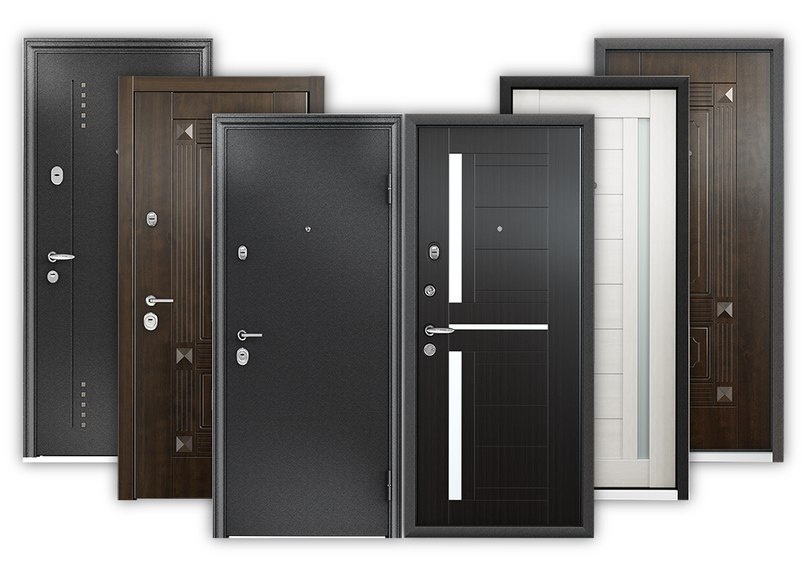
Manufacturer
It’s necessary to start with the manufacturer, as in the economy segment mass of products made in China. It looks good, it is very cheap, but it is unlikely to be a good protection for the apartment. As a rule, cheap Chinese doors get very thin sheets of steel (some can even be pierced with a can opener), they use cellular cardboard as a filler, and the locks are the simplest.
As entrance doors for an apartment, such Chinese products cannot be recommended. But if you are looking for an option for a business building where there is nothing valuable, then such a door may work.
The doors of most European manufacturers, of course, are of the highest quality, but they are also suitable, therefore we won’t even consider them. Although if you look, you can find inexpensive doors made in Poland or Romania - the main thing is that the manufacturer does not lie.
In the economy segment, domestic production doors will be the best choice. Many Chinese manufacturers are skillfully disguised as Russian, so when buying, carefully study the information about the manufacturer, look at catalogs, visit websites, read reviews.
 Residents of St. Petersburg and the region can recommend the entrance metal doors of the company Dveripiter24. All products, including a series of economy class, are produced at factories in Moscow, the Tula region and Bulgaria. Used steel with a thickness of at least 1.5 mm and locks "Guardian" 3 and 4 classes of burglary resistance.
Residents of St. Petersburg and the region can recommend the entrance metal doors of the company Dveripiter24. All products, including a series of economy class, are produced at factories in Moscow, the Tula region and Bulgaria. Used steel with a thickness of at least 1.5 mm and locks "Guardian" 3 and 4 classes of burglary resistance.
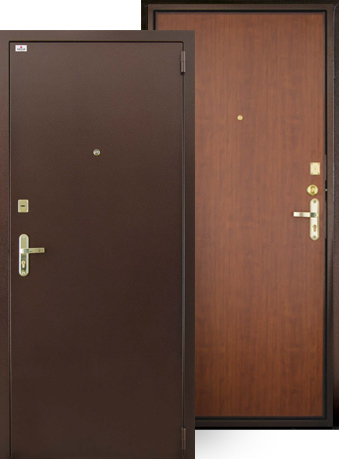
Metal thickness
Speaking of inexpensive entry doors, usually only metal sheets. Wooden doors are much more expensive than metal, and if you can find something budgetary, then you can only use such a door in a barn.
Inexpensive doors are usually made of hot rolled steel, the thickness of which may vary. Generally, 0.8-5 mm thick steel is used in door production, but in the economy segment the thickness is rarely more than 2 mm:
- Chinese manufacturers stamp doors with a sheet thickness of 0.8-1 mm, sometimes up to 1.2 mm, but this is not enough for normal protection;
- 1.5 mm - normal steel thickness for the front door, the most common solution in this class;
- 2 mm thick steel is also used in the budget segment, but much less frequently.

Stiffening rib
The outer panel is always made of steel, the inner one can be made of steel or other materials (for example, MDF). Between these panels sets stiffeners that increase the strength and burglar-resistant characteristics of the door.
The more ribs, and the more evenly spaced, the better the door in front of you. They can be vertical, horizontal or inclined. In inexpensive doors, they usually use the “minimum” option - two vertical stiffeners and one horizontal. This is a basic set that provides doors with the minimum required level of reliability. The more ribs, the more expensive the door will cost, and the harder it will be, therefore it is also not worth overdoing it in this matter.
Stiffeners are usually made of a corner or a rectangular pipe. Serious sellers can always demonstrate sectional door models so that you personally see how the door leaf is arranged inside.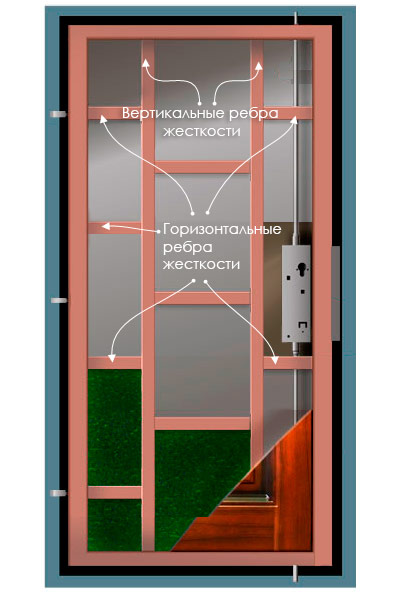
Insulation
Inside the door, between the stiffeners, voids form. If they are not filled with anything, then the door will let cold and noise into the house. Doors of economy class usually use such insulation types:
- pressed cardboard and paper - An option that is often found at the door of Chinese production. Such a filler is cheap, weighs a little, but does not do very well with its direct tasks;
- mineral wool differs in good heat and sound insulation qualities, but over time it goes astray and sags, worsening the quality of insulation. To avoid this, you need to use an additional crate, but in inexpensive doors, as a rule, no one does this. Despite this drawback, mineral wool is considered the most popular insulation and is often used not only in cheap doors, but also in many samples of medium and high price categories;
- Styrofoam - one of the cheapest heaters, it weighs a little, has good indicators of heat and sound insulation. On the other hand, a foam will have to be used between the foam and stiffeners to ensure a better fit. In addition, the foam is highly flammable and burns, so it is not completely safe to use;
- polyurethane foam costs more than mineral wool, has the highest sound and heat insulation characteristics, is resistant to humidity and temperature extremes. The only negative is the higher price. Filler is rarely used in the economy segment, but if you come across a similar sample, hurry to buy it.
In addition, it protects against cold and noise. sealantinstalled around the perimeter of the door. One circuit will be enough if it is installed efficiently. Statements by manufacturers about two and three insulation loops are nothing more than a marketing ploy in an attempt to sell the door more expensive. It’s good that in economy class they don’t bother with this, using only one contour of the seal. It is best if the seal is rubber. Foam and plastic are very cheap, but they are not very practical. More or less normal, silicone and polyurethane seals can be recognized.
Locks
Statistics suggest that in 9 out of 10 cases, attackers try to open the locks, and not cut the door leaf. It means that castle choice It is worth paying special attention. Well, if the door has already been installed reliable burglar-proof locks. If the manufacturer has supplied unreliable mechanisms, it is best to replace them as soon as possible.
First of all, pay attention to lock resistance class. It is best to take a class 4 lock - a thief will spend about 30 minutes on breaking it. Castles of 3 classes show themselves not bad. To open the 1st class lock, an attacker will need only 5 minutes, so such mechanisms immediately disappear. It is better to have two locks on the door. different types:
- level lock - the most reliable, and the larger the leverage, the better. You can determine their number by the key, counting the steps on it and taking the unit. The more leopard, the more time it will take to open;
- cylinder lock consists of several cylinders inside, built at a certain height. It is difficult to crack it, but it can be knocked out, therefore it is better to protect the lock with an armor plate. It is best to install a cylinder lock paired with a level lock;
- crossbar lock too unreliable for installation on the front door;
- combination locks combine several mechanisms at once, but are expensive, are rarely found in economy doors;
- electronic lock - A rarity even for expensive doors, not to mention cheap counterparts.
Two selected locks should be installed at a distance of 25-30 cm from each other.
Door trim
Chinese doors often bribe buyers with an attractive appearance. Domestic manufacturers usually take a different path: let the door look rustic, but it will be reliable. In a tight budget, it’s better to take a safer door than a prettier one, especially since trim the issue can be resolved later.
Popular options for finishing inexpensive doors:
- powder coating It has high performance, it is durable, resists mechanical damage, can have any shade, it looks simple and concise - what you need for the front door;
- Pvc film imitates leather, wood and other materials, is inexpensive, but does not differ in durability. Even animal claws can damage the coating. It is possible to paste the door with foil both on the inside and on the outside, but recently such decoration has been used less and less;
- MDF panels usually used for interior decoration, sometimes they can replace the inner sheet of steel. MDF is made from wood chips, plates are laminated with a film (cheaper) or veneered (more expensive), sometimes they are simply painted. This is a relatively inexpensive, nice and practical finish, however, in the economy class presents simpler models;
- plastic panels - A cheap finish, looks more or less, but does not differ in durability;
- vinyl leather - Another inexpensive material that imitates genuine leather, it used to be very popular, but today so few people veneer the door.

What else to look for?
When buying a door, also look at the following details:
- hinges. If they are unreliable, then even the most cunning castle will not save you. The most popular option is the usual external hinges, but they are easy to cut, because recently in many products they began to be supplemented with anti-removable crossbars. Even if the outer loops are cut, the canvas will still remain in place. Hidden hinges are not visible from the outside of the door, and therefore it is impossible to damage them. Minus - they can jam. In inexpensive doors are rare. The optimal number of loops is 2;
- door size is selected based on the dimensions of the doorway. Large manufacturers are ready to make doors to order, taking into account the parameters of the doorway. It is desirable that the canvas is at least 90 cm wide, otherwise problems may arise with the transportation of large objects. Large openings are best equipped with doors with one or one and a half wings;
- in terms of fire safety, it’s better to the door opened into the room. But it is worth noting that such a design is more vulnerable to hacking.

Summing up, we note that when choosing an inexpensive door, it is important to pay attention to purely technical parameters (steel thickness, stiffeners, type of locks), and not to the appearance of the blade. Remember that Chinese manufacturers are trying to sell us beautiful doors that can never become reliable protection.

